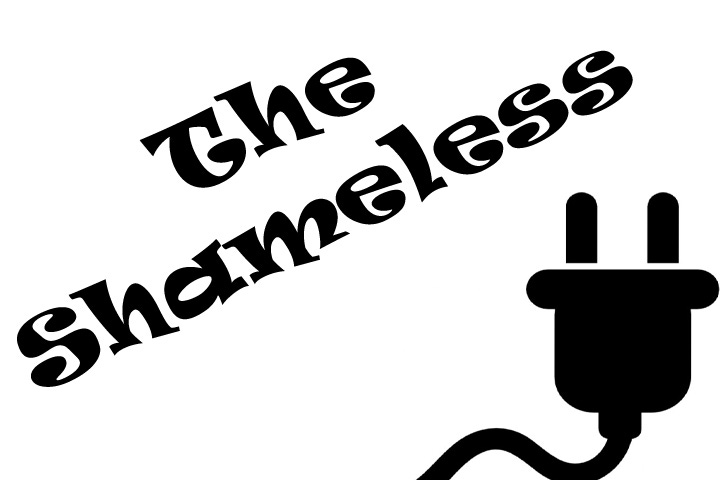What are Land-Grant Colleges?
These colleges proved that Federal support for higher education pays many benefits
Issue #124 Education August 31, 2022
No ads or annoying popups ever! So instead, please see the important information at the bottom of this post. Please keep those “Likes” and comments coming! Thanks!
In 1862, President Abraham Lincoln signed the first Morrill Act that allowed the federal government to fund educational institutions by granting federally controlled land to the States for them to sell, to raise funds, to establish, and to endow “land-grant” colleges.
Recognizing that the Industrial Revolution was changing the social classes, the mission of the land-grant colleges was to focus on teaching “practical skills” such as agriculture, science, military science, and engineering, but not to exclude other scientific and classical studies. Previously, higher education concentrated primarily on a liberal arts curriculum.
Most original land-grant colleges and universities were public institutions, but a few were privately operated, including the Massachusetts Institute of Technology and Tuskegee Institute.
The Morrill Act gave every state and territory 30,000 acres per member of Congress to be used to establish a “land grant university.”
Over 17 million acres were granted through the federal land-grant law, although many of the federal lands originally belong to the indigenous nations and were taken by force, land concessions, violence, and threats.
Original Land-Grant Colleges
The first land-grant institution was Kansas State University, which opened on September 1863.
Iowa was the first state legislature to accept the provisions of the Morrill Act and designated the State Agricultural College (now Iowa State University) as a land—grant college on March 29, 1864.
The oldest school that currently holds land-grant status is Rutgers University, founded in 1766 and designated the land-grant college of New Jersey in 1864.
The oldest school to ever hold land-grant status was Yale University (founded in 1701), which was named Connecticut's land-grant recipient in 1863. In 1893 the designation was transferred to what would become the University of Connecticut.
Land Grant Colleges in the former Confederate States
In 1890, a second Morrill Act was passed specifically to set up land-grant colleges in the former Confederate States. This new act required that each state show that race was not an admissions criterion, or alternately the state had to designate a separate land-grant institution for people of color.
The 1890 Morrill Act granted cash instead of land, although the term “land-grant college” still applies.
Among the seventy colleges and universities that eventually evolved from the Morrill Act are several of today’s HBCUs (historically black colleges and universities).
Land Grant Colleges in the 20th Century
The University of the District of Columbia was originally opened in 1851 as the Normal School for Colored Girls. Through numerous changes and mergers, it was granted land-grant status and is the only public HBCU in Washington, D.C.
In 1994, cash was awarded to Native Americans to establish land-grant colleges on their territories.
Benefits to the U.S. Economy because of federally funded colleges and universities
The land-grant college system has been seen as a major contributor in the faster growth rate of the US economy that led to its overtaking the United Kingdom as an economic superpower by the 20th century.
The mission of the land-grant universities was expanded by the Hatch Act of 1887, which provided federal funds to states to establish a series of agricultural experiment stations under the direction of each state's land-grant college, as well as pass along new information, especially in the areas of soil minerals and plant growth.
The outreach mission was further expanded by the Smith-Lever Act of 1914 to include cooperative extension—the sending of agents into rural areas to help bring the results of agricultural research to the end users.
Each land-grant college receives annual federal appropriations for research and extension work on the condition that those funds are matched by state funds.
Did you attend a land-grant college or university? If so, did you know its history? Let us know in the comments! (Only paid subscribers can comment.)
Help us to grow!
“We Are Speaking” is a reader-supported publication. To receive new posts and podcast episodes and to support our work, consider becoming a free or paid subscriber. We publish 7 days/week and 28+ issues/month. You. can upgrade your free subscription to the paid level. It costs monthly and annual paid subscribers less than 35¢ an issue. Thank you!

Thank you for checking out some of the books and businesses of the TeamOwens313 Global Creative Community:
Detroit Stories Quarterly (DSQ) Afro-futurism Magazine
The Mayonnaise Murders: a fantasy mystery novel by Keith A. Owens
The Global CREATIVE Community (GCC) Facebook Group for Independent Writers and Creative and Solo Professionals
The Global Creative Community (GCC) Private Membership Group for Independent Writers and Creative and Solo Professionals
The Global Creative Community Brand and Marketing Academy: Training and Group Coaching for Independent Writers and Creative and Solo Professionals
Pam’s Branding and Marketing Articles for Independent Writers and Creative and Solo Professionals on LinkedIn
“We Are Speaking” is a reader-supported publication. To receive new posts and podcast episodes and to support our work, consider becoming a free or paid subscriber.




